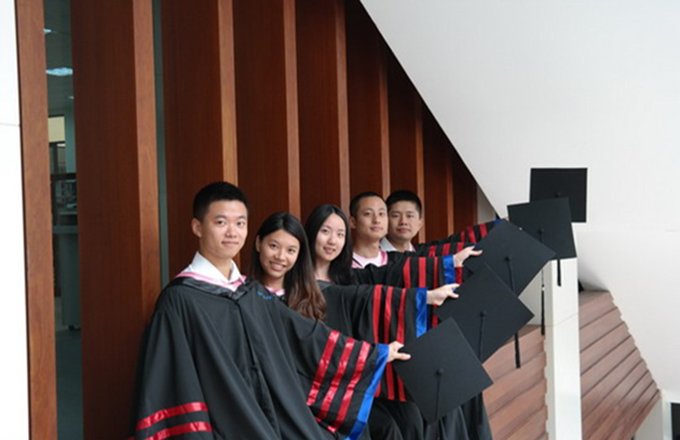Use clean energy for heating to reduce smog
 |
|
LUO JIE/CHINA DAILY |
Another thick shroud of smog has covered cities in North, Central and even East China, forcing the closure of expressways and delaying flights, and compelling Beijing to issue an orange alert, the second-highest level in a four-tier emergency response system, for the weeklong heavy air pollution.
Bad weather is surely partly responsible for the situation, but smog is more common in winter because huge quantities of coal are burned to supply heating in most northern cities. Worse, many residents in rural and suburban areas, where central heating system is not available, still use primitive boilers that emit considerable coal-related pollutants to keep warm in winter.
The need for clean, renewable energy as an alternative to coal is therefore more urgent than ever. Given the technological difficulties in using wind and solar power to generate the heating supply, a more feasible solution lies in the use of electricity, which can be generated by green energy as well as coal. In fact, about 30 percent of electricity in China is provided by clean energy.
But heating fueled by electricity and gas costs more than coal-powered heating, which explains why some rural residents do not embrace the former unless it is sponsored by the local authorities. Yet the use of coal has to be reduced, and the options are not many. Gas-fueled heating would be welcome, but China's limited gas resources mean the country needs to import large volumes of gas, which poses a challenge to the country's energy security.
However, there is plenty of room for reform in China's coal consumption, nearly half of which is used to generate electricity. The efforts to transform electricity into heat are about making the most of the other half of the total coal consumption.
Ideally, such a transformation should play a key role in reallocating excess electricity, promoting the use of green energy and reducing air pollution. China has fairly harsh emission restrictions on thermal power plants, about 70 percent of which started operations after 2003.Comparedwith the older power stations in other countries with service lives of 40 to 50 years, China's thermal power stations are equipped with state- of- the- art technology.
In other words, most Chinese thermal plants are quite new and can efficiently keep their emission levels under control. If run at peak efficiency, they have the potential to replace other coal-consuming sectorsand produce much less pollution. On average, the thermal power plants are seven to eight times more efficient than medium- and small-sized boilers in curbing the emissions of pollutants. That explains why most developed economies use at least 80 percent of their coal consumption to generate electricity.
Introducing an electricity-powered heating system will also help tackle the oversupply of renewables such as wind and photovoltaic power in West China. Despite the official endorsement and subsidies, the actual market demand for photovoltaic power remains unpromising, particularly in the sunshine-rich northwestern areas.
Statistics show that the usage of photovoltaic power in Shaanxi, Gansu and Qinghai provinces, and the Ningxia Hui and Xinjiang Uygur autonomous regions, was just 611 hours in the first half of 2016. Cities in East China, too, have a small appetite for it, as there is large overcapacity in thermal power plants at present. Therefore, replacing coal with electricity to fuel the heating supply could provide room for the development of renewables.
The main problem of substituting coal with electricity for the heating supply is the cost. Using electricity for heating is a lot more expensive than using coal. Since electricity-powered heating will also save residents the trouble of burning coal during the winter and improve their quality of life, governments at all levels should work out long-term policies and provide needed subsidies to supply electricity-powered heating at lower costs.
The author is Dean of China Institute for Studies in Energy Policy at Xiamen University.
- Cold front to disperse north China smog
- China to improve smog response ability
- UK, China experts come together to battle Beijing's smog
- Small factories face anti-smog scrutiny
- More Beijing schools to install air filters due to smog
- UK, China experts come together to battle Beijing's smog
- Fog, smog pollution disrupt travel
- Smog changes color of high-speed train





















